In addition to Weibo, there is also WeChat
Please pay attention

WeChat public account
AutoBeta


2024-11-17 Update From: AutoBeta autobeta NAV: AutoBeta > News >
Share
AutoBeta(AutoBeta.net)05/08 Report--
According to a statement issued by Thai government spokesman Tipanan Sirichana, Hezhong New Energy has signed an agreement with Bangchan General Assembly, a Thai car assembly company, to start production of the Nashi V model in Thailand in 2024, the Financial Associated Press reported. At the same time, it also said that United plans to start adding more models in the near future.
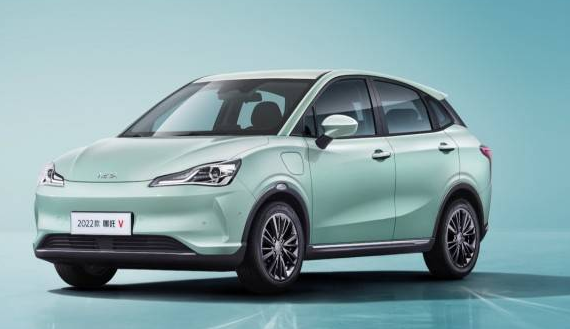
Relevant data show that Naha Automobile is a car brand of Hezhong New Energy Automobile Co., Ltd., which was established in 2014. It was reported in March this year that Naha Automobile and Thailand's BGAC will jointly invest in the establishment of a complete electric vehicle production process, including factory establishment and employee skills training, as soon as the cooperation agreement was signed between Naha Automobile and Thailand's BGAC. Relevant information shows that BGAC, headquartered in Kana Yao District, Bangkok, Thailand, has rich experience in automobile assembly, has assembled more than 10 different brands of models, and the industry is mature.
Of course, Naha Motors' entry into Thailand is not just a partnership with BGAC. As early as March 10, Naha Motors announced the foundation of Thailand's Ecological Wisdom Factory. It is understood that this factory is the first overseas factory of Nahu Automobile, which is mainly used to produce right rudder electric cars and export to ASEAN. According to official sources, the new plant is expected to start production by the end of January 2024, with an average annual capacity of 20,000 vehicles.
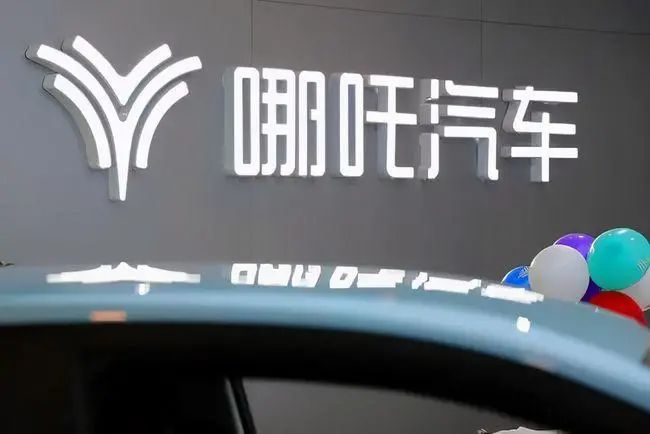
It is worth noting that in recent years, with the rapid development of new energy vehicles, its market penetration is also constantly strengthening. Many domestic car companies are also accelerating the layout of overseas markets, and in order to realize the transformation of the automobile industry, Thailand launched a subsidy and investment-centered policy to revitalize electric vehicles in 2022, which is favored by the majority of car companies and users. Naturally, it has become the direction for many domestic car companies to step up their efforts.
It is understood that Thailand's subsidy policy for new energy vehicles is a 40% reduction in import tax on electric vehicles during the period from 2022 to 2023. Between 2022 and 2025, the consumption tax on new energy vehicles will be reduced from 8% to 2%. At the same time, a subsidy of 70, 000 to 150000 baht is provided for each electric car. In addition to user-side subsidies, a series of favorable policies have also been introduced to attract investment, such as exemption of enterprise income tax (CIT) for up to eight years, exemption of machinery imports, exemption of import duties on raw materials used for manufacturing export products, allowing skilled workers and experts to participate in investment promotion activities, allowing ownership of land, allowing foreign currency remittances, and so on.
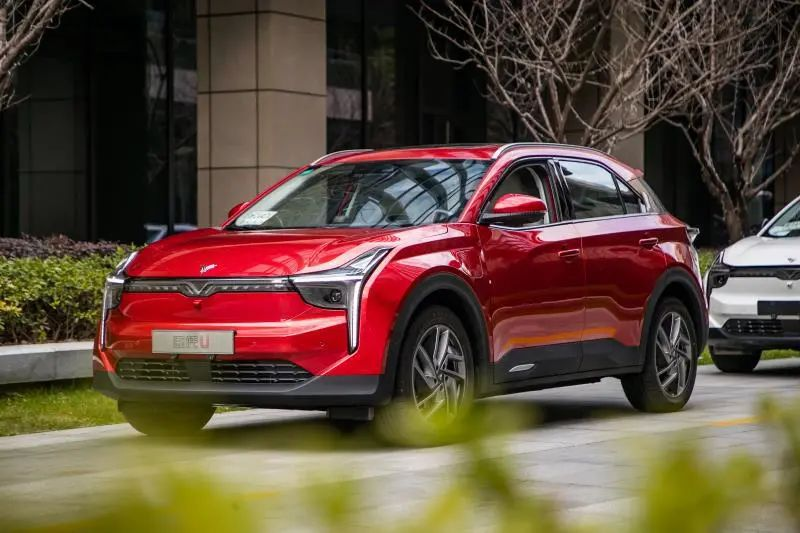
With the blessing of favorable policies, car companies are also increasing their investment in the Thai market. According to the statistics of public information in the market, the investment of Chinese new energy car companies in Thailand has exceeded 20 billion yuan. At present, SAIC, Great Wall, BYD and other car companies have set up factories in Thailand. In 2012, SAIC Group and Thailand CP Group jointly formed SAIC Zhengda Automobile Co., Ltd. (SAIC CP) and invested in the construction of the plant; the second plant, Chonburi, was officially put into production in 2017; at the end of April this year, the groundbreaking ceremony of the SAIC Zhengda New Energy Industrial Park was held at the SAIC CP Automobile Factory in Thailand. The Harvard H6 PHEV hybrid new energy vehicle is the first batch of Great Wall models delivered in Thailand when the Great Wall plant in Thailand was officially put into production in June. According to official planning, the plant uses full-process vehicle manufacturing technology and has an annual production capacity of about 80, 000 vehicles, including HEV, PHEV and BEV production lines, with a total investment of 4.6 billion yuan. Nearly 60% of the cars produced by the factory will be sold locally in Thailand, while the remaining 40% will be exported to other overseas markets.
On March 10, BYD also announced the formal laying of the foundation at the Royong factory in Thailand, and the new plant will start production in 2024. In April, Changan Automobile will also invest 285 million US dollars to build a factory in Thailand, according to the Thai Investment Promotion Council. It is not difficult to see that Thailand has become the main battlefield for many car companies overseas. According to relevant market research institutions, under the new energy policy implemented by the Thai government, sales of new energy vehicles in the Thai market reached 9729 in 2022, a four-fold increase compared with 2021. As of March this year, new energy vehicle sales accounted for 6.1% of Thailand's overall car market share.

It may be a helpless move for it to enter the Thai market when it comes back to Nahan car. In recent years, the development of Nashi automobile in China is not ideal. According to the relevant data, the net loss of Nahan Automobile from 2020 to 2022 is 1.321 billion yuan, 2.9 billion yuan and 6.919 billion yuan respectively, with a cumulative loss of more than 10 billion yuan over the past three years. Although the domestic sales of Nahan car is increasing year by year, its loss is also increasing. In this context, Naha has to speed up the development of overseas markets, increase sales and reverse the situation of long-term losses.
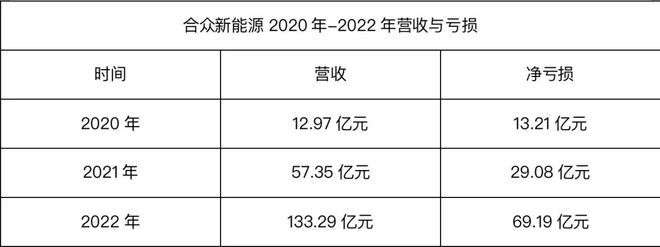
At present, Naxi Automobile has launched three overseas products in Thailand, namely, Naxi U International Edition, Nathan V International Edition and Nathan V right rudder version. According to the Thai AutoLife official website, from January to March this year, the number of Nezha V brands reached 2502, accounting for about 17% of the total number of pure electric vehicles in Thailand. This figure also means that one out of every six pure electric cars sold in Thailand is the right rudder version of the car.
With such achievements, the prospect of the Thai market is bright for Naha Automobile. From the perspective of the automobile industry, Thailand is the largest automobile manufacturing country in Southeast Asia, and it has relatively rich vehicle assembly and manufacturing capacity, accounting for half of the entire automobile market in Southeast Asia. From the perspective of market competition, Thailand is indeed the best place for cars to enter overseas markets. After all, there are no local car manufacturers in Thailand. At present, foreign brands set up factories there. However, it remains to be seen whether the car can have a place in Thailand.
Welcome to subscribe to the WeChat public account "Automotive Industry Focus" to get the first-hand insider information on the automotive industry and talk about things in the automotive circle. Welcome to break the news! WeChat ID autoWechat
Views: 0
*The comments in the above article only represent the author's personal views and do not represent the views and positions of this website. If you have more insights, please feel free to contribute and share.





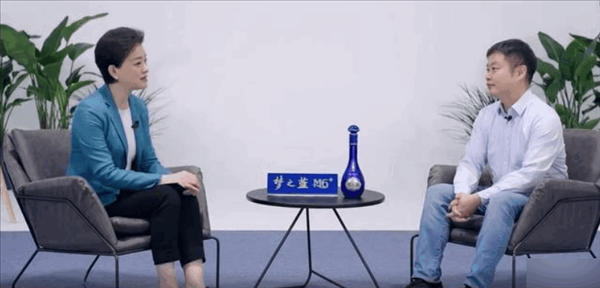


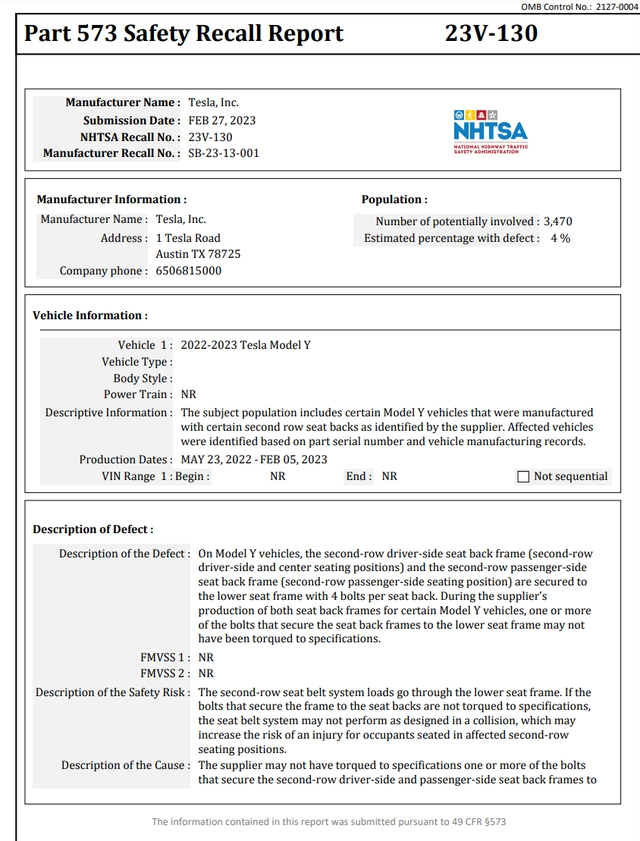

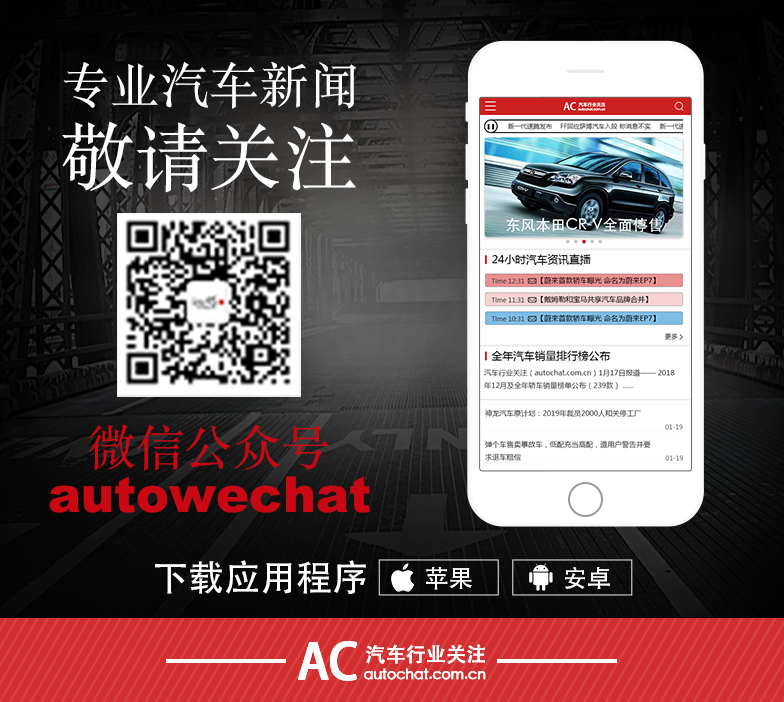
© 2024 AutoBeta.Net Tiger Media Company. All rights reserved.